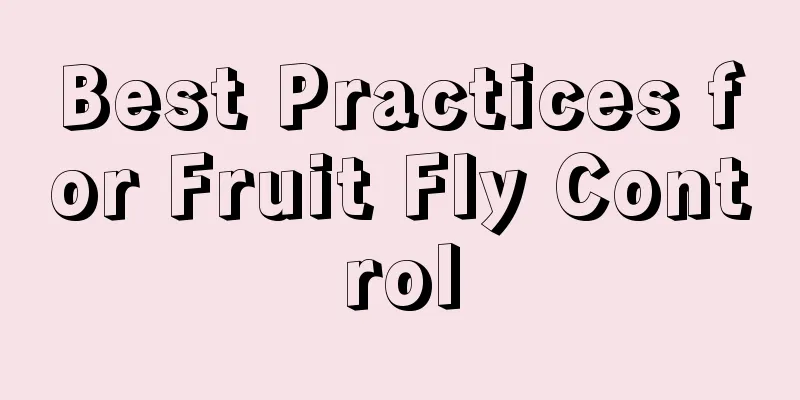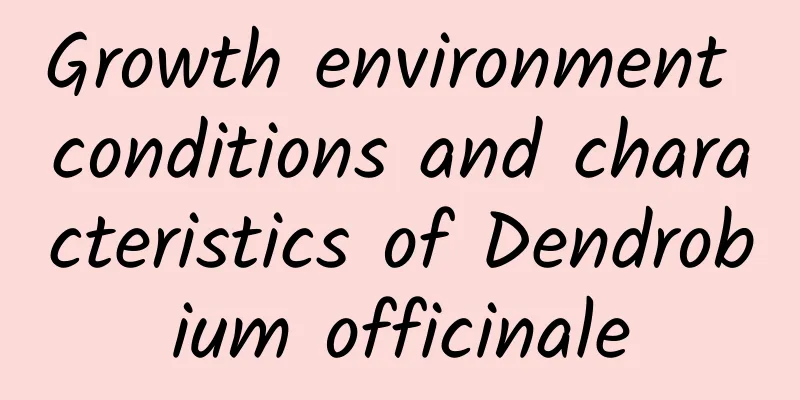Best Practices for Fruit Fly Control

|
Fruit fly pests have become an extremely serious threat to melon and fruit production in the south. They widely attack tropical fruits such as citrus, mango, passion fruit , guava , and melon crops, causing huge economic losses. Due to their strong reproductive ability, rapid development cycle and overlapping generations, fruit flies harm fruits all year round, resulting in extremely high fruit damage rates in affected areas, even reaching 90% in some areas. The fruit fly, known as a "devastating pest", is a problem that is mentioned repeatedly. Learn the best ways to control fruit flies below. 1. Agricultural prevention and control Agricultural prevention and control focuses on garden cleaning and fruit bagging. Once fruit fly infestation is discovered, the diseased fruits should be removed immediately and the fallen fruits should be picked up and disposed of harmlessly. Fruit bagging can effectively prevent fruit fly infestation, but it is labor-intensive and costly, and is only suitable for orchards with lower yields. 2. Chemical control Chemical control prevents fruit flies from emerging through ground blocking and foliar spraying. It is recommended to use pesticides such as chlorpyrifos or cyhalothrin during the peak period of fruit fly emergence. However, chemical control may have problems with pesticide residues and it is difficult to completely prevent fruit flies that have strong migratory properties. 3. Biological control Biological control uses male sterilization technology to prevent the eggs laid by female insects from hatching, thereby reducing the number of fruit flies. 4. Physical prevention Physical control uses sticky insect boards, fly balls and other traps to attract fruit flies by imitating the color and shape of the fruit. The stickiness and attractants in the traps are effective in capturing fruit flies and need to be replaced regularly to maintain effectiveness. 5. Sexual Attractants The main ingredient of sex attractants is methyl eugenol, which mainly attracts male insects and can be used as a monitoring method, but its effect on attracting female insects is limited. 6. Food lures Food attractants, such as MiBait® fruit fly bait, use protein bait to attract fruit flies to feed, which causes toxicity and can be spread among fruit flies. But it mainly targets fruit flies and has limited effect on other species. In short, the prevention and control of fruit flies requires the comprehensive use of multiple strategies, from agricultural operations to chemical control, from physical trapping to biological control, as well as regulatory management, to form a comprehensive prevention and control system.
|
<<: How to take care of the newly bought fortune tree
>>: How to care for the newly bought Dieffenbachia
Recommend
Can fuchsia be placed indoors?
1. Can it be placed indoors? It can be placed in ...
How to deal with yellow bamboo leaves
1. Treatment methods for yellow leaves in soil 1....
Nectarine cultivation methods and precautions
1. Maintenance methods 1. Soil: If you are planti...
What should I pay attention to when planting cornflowers?
Need sufficient light Cornflowers are highly adap...
How to propagate Dianthus
Sowing method First of all, the most suitable ger...
Is it profitable to plant tea oil? Planting profit and economic benefits
Is it profitable to grow tea oil? With the improv...
Cultivation methods and precautions of Mirabilis jalapa
Mirabilis jalapa is a very easy-to-grow plant. It...
When is the best time to sow purslane?
Purslane sowing time Purslane is an annual herb w...
Which month is the best time to plant ginger?
In recent years, ginger has won the attention and...
What to do if the leaves of lucky bamboo grow in water turn yellow
1. Prune yellow leaves It is normal for the leave...
What plants are suitable for watering with Coca-Cola (what potted flowers can be watered with Coca-Cola)
What plants are good to be watered with Coca Cola...
How to propagate water spinach by cuttings?
Water spinach is a perennial plant that can be ha...
Can Tillandsia bloom in winter?
Can it be opened in winter? The flowering period ...
You don’t have to buy this “noble” plant. Just break off a “branch” and it will grow into a whole pot!
The noble and valuable plant that Huahua is talki...
The bougainvillea at home is not blooming vigorously. Use these little tricks and the flowers will keep growing!
If the bougainvillea does not bloom vigorously, t...









